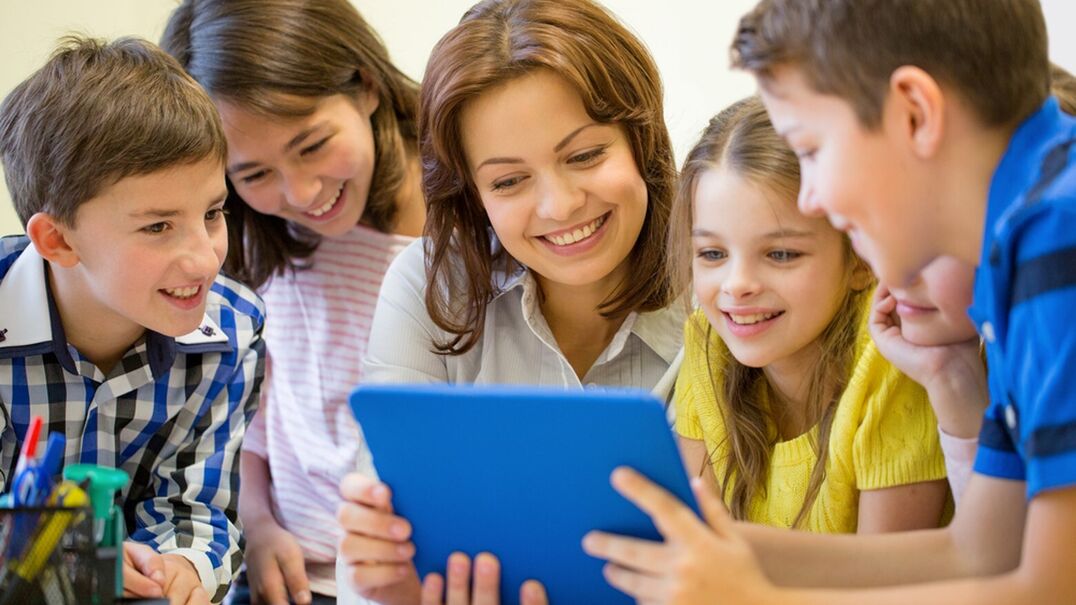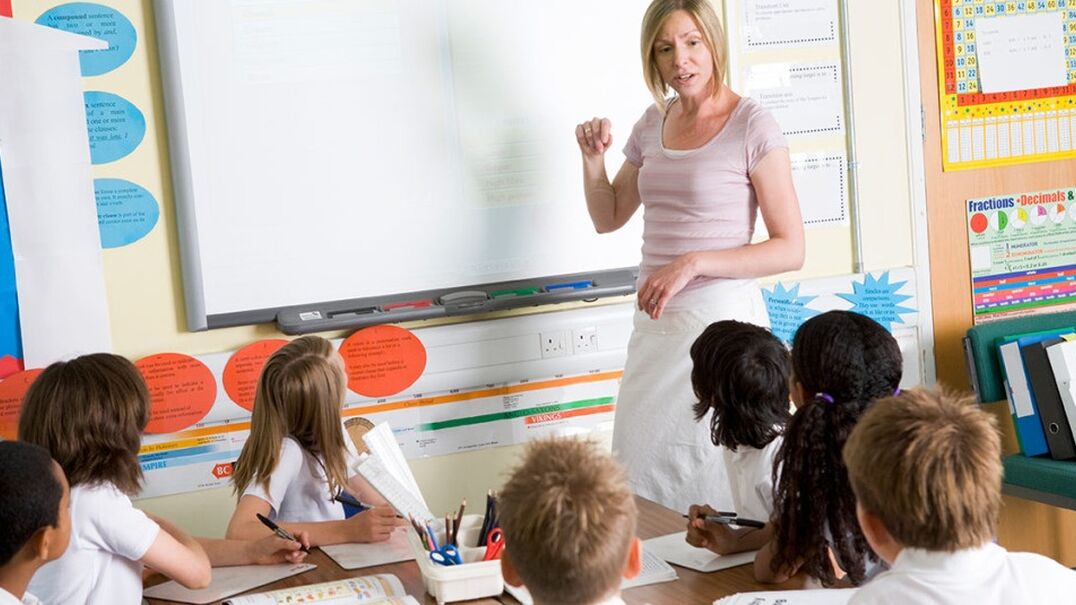Sometimes we walk past classrooms and see students deeply engaged in their learning, completing classroom jobs, and using resources appropriately and collaboratively. We may think their teacher is lucky to have such a wonderful, on-task class, but this class is not magically wonderful. The success of this classroom is a result of consistent predictable routines, frontloaded at the beginning of the year by consistent predictable adults.
However, what happens if we have not managed to start our school year or term off how we had hoped? We had great ideas, but somehow, they didn’t come to fruition. What now? This is where we can use our next school holidays as a chance to reset and review what is working well and what we need to change to bring about that classroom success we aspire to.
During the break, reflect upon where you might need a routine for your classroom. From getting your students’ attention during direct instruction, to how they line up. What tools or supplies need an explanation for use? Put yourself in your students’ shoes; where is that student meant to put their hat when they come in? What do you want them to do if they have forgotten their pencil case or supplies?
Setting and reflecting on routines and expectations
Introducing and modelling routines is the first essential step in positive classroom management. Clear expectations support students’ self-regulation and reduce the decision fatigue that can occur without consistent, predictable routines. We also need to provide authentic opportunities for students to practice and refine these routines.
Students should always know what is expected of them, especially when we hit speedbumps. When we build support strategies into our students’ Ready to Learn Plans, we need to ensure that they have clear routines for using those strategies in those tricky moments too.
It is also important to set aside time to reflect upon how these routines and structures are going. This may be after a few weeks, when you’ve given the students plenty of time to learn and practice these new routines and structure. Do some of the routines need to be refined? Are there activities or tools that require more routine or expectation setting? Are there routines or expectations that you can dial back to allow for less structure, so they are more student-directed?
Routines and expectations for sensory tools
In our last blog, we shared the importance of promoting self-regulation in the classroom and how supporting the sensory needs of all students allows young people to flourish. Now, let's take a look at how we can build routines to support the appropriate and effective use of fidget or sensory tools in the classroom.

Sensory tools can help some students to develop the body-up regulation required to allow them to engage in their learning successfully. So, how can you set yourself and your students up for success regarding the use of fidget/sensory tools in your classroom?
The first step to successfully implementing fidgets in your classroom is to identify the tools you’re comfortable having in your classroom. Next, we must take the time to educate our students on their sensory systems and their sensory needs. For example, some of your students may not be aware that they are flicking their pen or jiggling their legs. We can help students to understand that this somatosensory self-soothing assists them to stay in the game and focus. It is also helpful to allow students to investigate their own unique sensory preferences by having an opportunity to explore the available sensory tools and reflect on whether they like the texture or feel of specific tools. Did the tool help support their learning, or was it more of a distraction?
Of course, when introducing and using sensory tools in the classroom, the most crucial element is to start by teaching that these are learning tools rather than toys, and to reiterate this regularly, just as you would with any classroom procedure. Are these tools freely available or are they a strategy on your students’ Ready to Learn Plans?
Start by setting up and teaching your rules and fair consequences. Students should understand that if they do not follow the rules and use these tools appropriately, they will need to select another tool. We do not want to deny any student the opportunity to select their own regulation strategy.
Regardless of which rules you select, you should explicitly teach these rules to students and consider a one-on-one or small group lesson for students using the tools regularly.
We hope that our example of routines for the use of sensory tools illustrates how every classroom strategy can benefit from a focus on routines. All students thrive in enriched environments with consistent, predictable adults facilitating consistent, predictable routines. Setting clear classroom expectations and building them into your day-to-day routines is one of the most powerful ways to create and maintain positive classroom environments, and to allow all students to feel safe, secure and successful in their learning.
Further reading
We aren’t the only ones who know the value of routines. Have a look at the blogs below for a deeper dive.
‘Starting fresh for 2023 with Berry Street Education Model Strategies’, Education Today, 2023.
‘The What and Why of Routines in School Culture’, Bradford Research School, 2022.
‘How can we harness the power of routines in our classrooms?’, Peter Foster, 2022.



